In strength and conditioning, context matters, but principles come first. When training athletes, our priority is always to build the most resilient, adaptable, and well-rounded version of the individual in front of us. We train the athlete, not the sport. That being said, once you understand that baseline, the demands of specific sports can guide how we prioritize certain muscle groups and movement patterns during the Specific Physical Preparation (SPP) phase.
So when it comes to soccer, where should your focus go when programming the General Physical Preparation (GPP) phase? Let’s break it down, the KILO way.
Start With the Big Picture: Train the Athlete
At KILO, we don’t believe in hyper-specializing too early in the preparatory period. Our foundational principle is that you train the human first, build strength, control, and capacity in every major movement pattern. From there, you address what the sport demands and what the individual lacks.
So if we’re talking about soccer, yes, the sport is lower-body dominant. But that doesn’t mean you should only train the lower body. The entire kinetic chain contributes to performance, injury prevention, and adaptation to the game’s demands.
Primary Emphasis: Lower Body Musculature
Soccer is a field sport driven by speed, acceleration, deceleration, change of direction, and repeated sprint ability. That means lower body strength and resiliency are critical.
Key Target Areas:
-
Hamstrings: High sprint volumes make the hamstrings especially vulnerable to soft tissue injuries. Eccentric strength (e.g., Glute-Ham Raises, Leg Curls, Romanian Deadlifts) should be a GPP staple.
-
Groin/Adductors: Groin strains are common in soccer due to the lateral demands of the sport. Include Copenhagen Planks, adductor machine work, and multi-planar sled work.
-
Quadriceps: Knee stability and deceleration rely heavily on quad strength. Focus on full range Split Squats, Step-Ups, and Leg Extensions.
-
Calf Complex: Calf strains are on the rise in field sports. Both the gastrocnemius and soleus need dedicated strength work (e.g., straight-leg and bent-knee calf raises).
-
Glutes: Max sprinting, change of direction, and hip stabilization all rely on strong glutes. Reverse Hypers, Hip Thrusts, and Glute Bridges can help reinforce strength and control.
Joint-Level Support: Ankle and Knee Stability
Field athletes spend most of their time reacting to game dynamics. That places enormous demands on the ankle and knee joints. In the GPP phase, this is the time to prepare these joints to tolerate those forces.
-
Ankle Mobility and Strength: Combine mobility drills (e.g., loaded dorsiflexion work) with strength exercises like single-leg calf raises and barefoot isometrics.
-
Knee Integrity: Train both the anterior and posterior chain (quads + hamstrings) with muscular balance in mind. Using knee extension and knee flexion exercises. It’s also important to note that adding straight-leg plantarflexion work will also help with knee joint stability as the gastrocnemius crosses the knee joint.
Neglecting joint prep is a mistake. These are the foundations upon which everything else is built.
Don’t Ignore the Upper Body
Just because soccer is lower body dominant doesn’t mean upper body work is optional. The upper body contributes to:
-
Sprint mechanics (arm drive and torso control)
-
Aerial duels (jumping and contact)
-
Shielding and tackling (core and shoulder stability)
In other words, a strong upper body improves balance, efficiency, and contact resiliency. Your GPP should include upper body pressing and pulling movements.
The Core Isn’t One Muscle: It’s a Transfer System
Soccer requires quick transitions between acceleration and deceleration. Your midsection must absorb and redirect force efficiently. That means more than just sit-ups, it means building an anti-movement core.
Focus on:
-
Anti-rotation (e.g., Pallof Press, manual resistance anti-rotation work)
-
Anti-extension (e.g., Planks, Ab Rollouts)
-
Rotational strength (e.g., Russian Twists, Cable Woodchops)
A weak core shows up as energy leaks and lost speed. A strong core ties the entire system together.
What About the Neck?
This is often overlooked, but worth mentioning.
Soccer players may benefit from neck extensor training, especially for collision prep or heading drills. It’s not as high-priority as lower body or abdominal work, but if you’re building a truly resilient athlete, don’t ignore the cervical spine.
Simple additions like head harness cable extensions, band-resisted neck extensions or manual resistance isometrics can go a long way.
Individualization: Assess What the Athlete Lacks
No matter how well you understand the sport, you’re training the person in front of you.
If your soccer player has glaring weaknesses in the abs or lower back, those areas must be addressed first, regardless of their position or sport. Structural gaps limit performance, increase injury risk, and delay development.
It doesn’t really matter what sport the athlete plays, if the abs and lower back are weak, that has to be fixed.
This is why we caution against over-sport-specific training during the GPP phase. Let the athlete’s assessments guide your focus.
Time Constraints: Train What Matters Most
One of the toughest parts of training soccer players? Time.
Between short offseasons (sometimes just 8 weeks) and in-season loads (weekly matches), you don’t have time to train everything. That’s why prioritization is critical.
Focus on:
-
Hamstring strength
-
Groin durability
-
Knee and ankle integrity
-
Core control
Once those boxes are checked, layer in upper body strength and individual gaps.
Final Thoughts: Big Bang for Your Buck
In GPP, you’re laying the foundation. Focus on:
-
Building general strength and movement quality
-
Prioritizing high-risk, high-reward muscle groups
-
Balancing structure and function
-
Training the human first, the athlete second, the sport third
Smart programming doesn’t chase complexity. It addresses what matters most. And in soccer, that means durable hamstrings, resilient joints, and a strong, integrated system.
Assess the athlete. Build the base. Let the game take care of the rest.

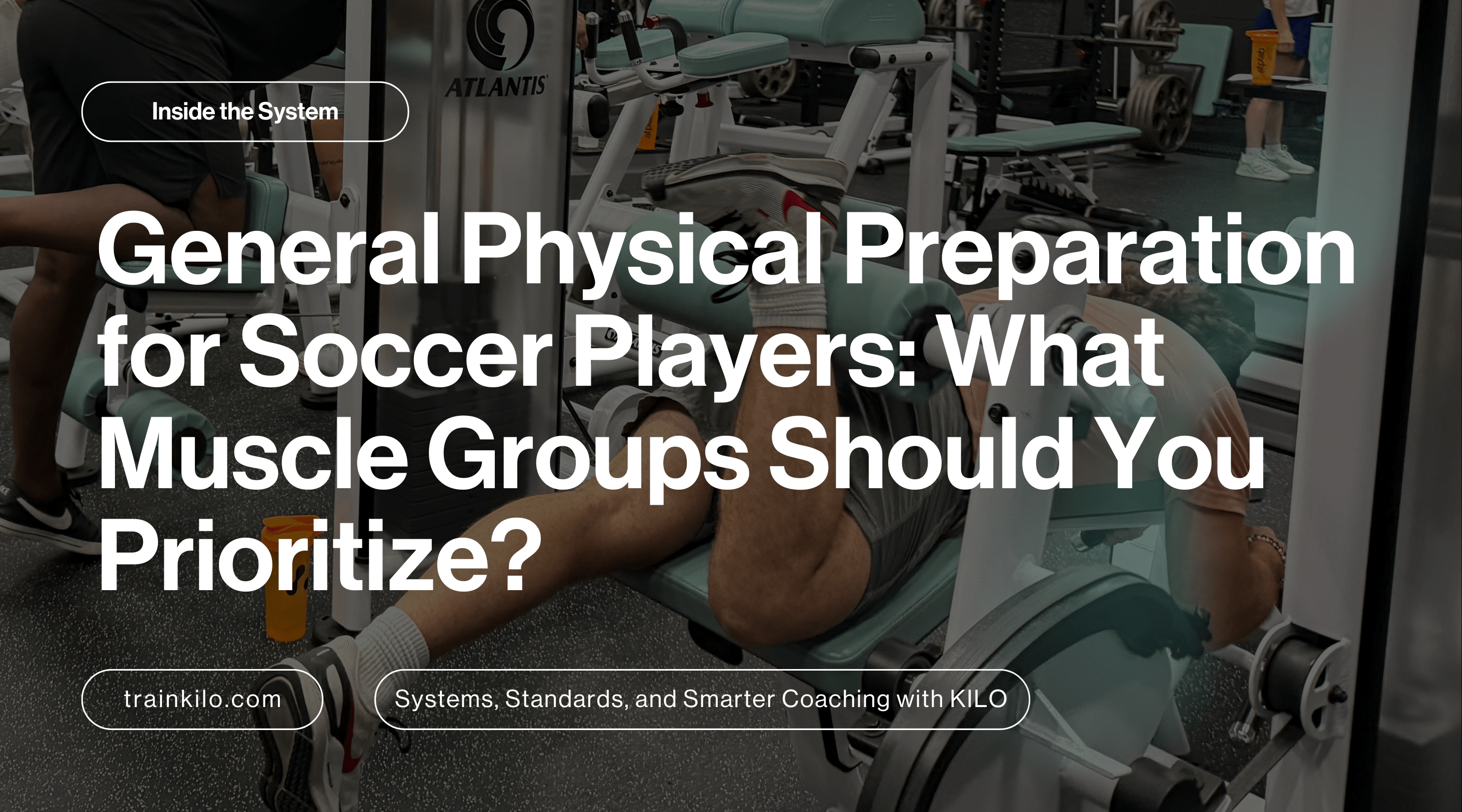
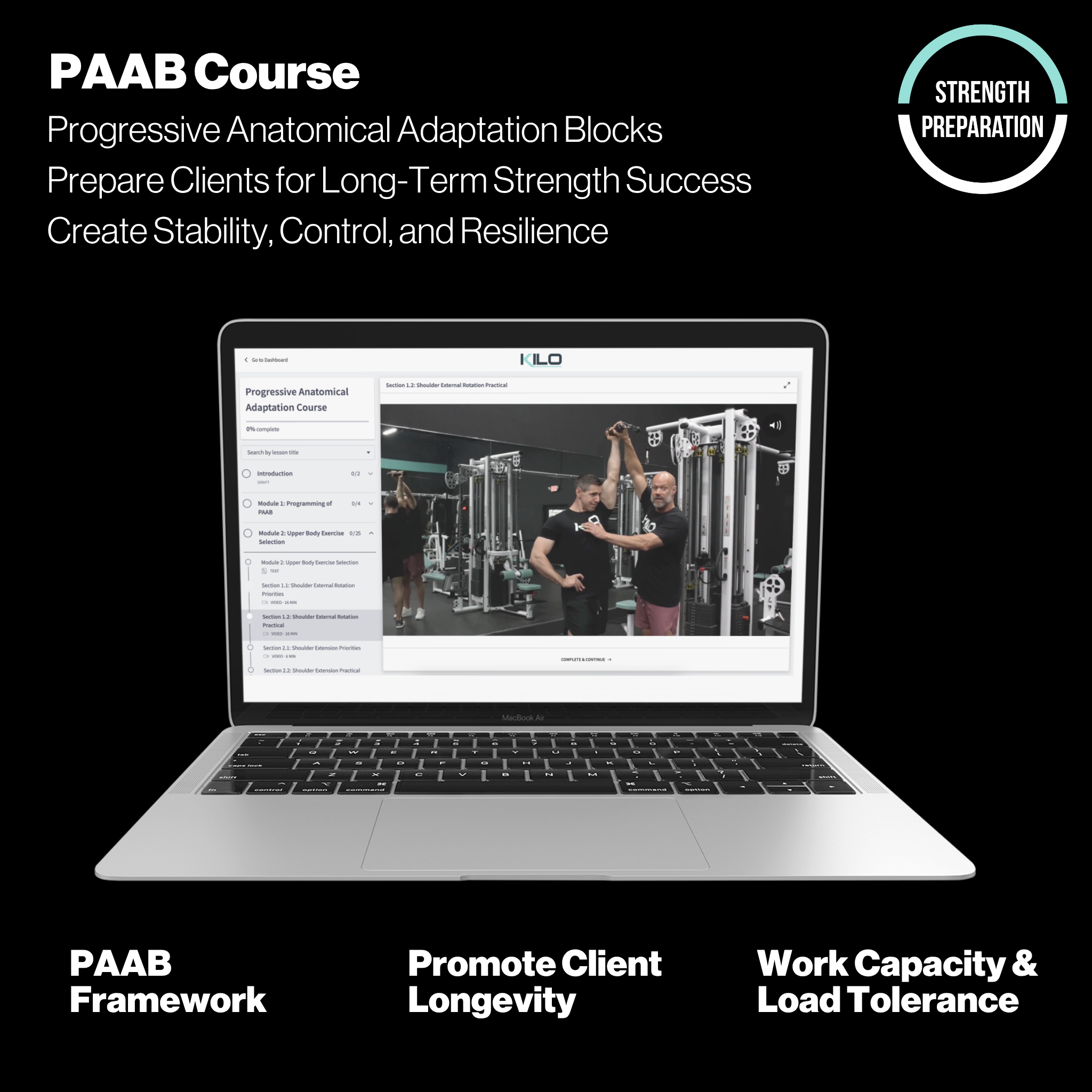
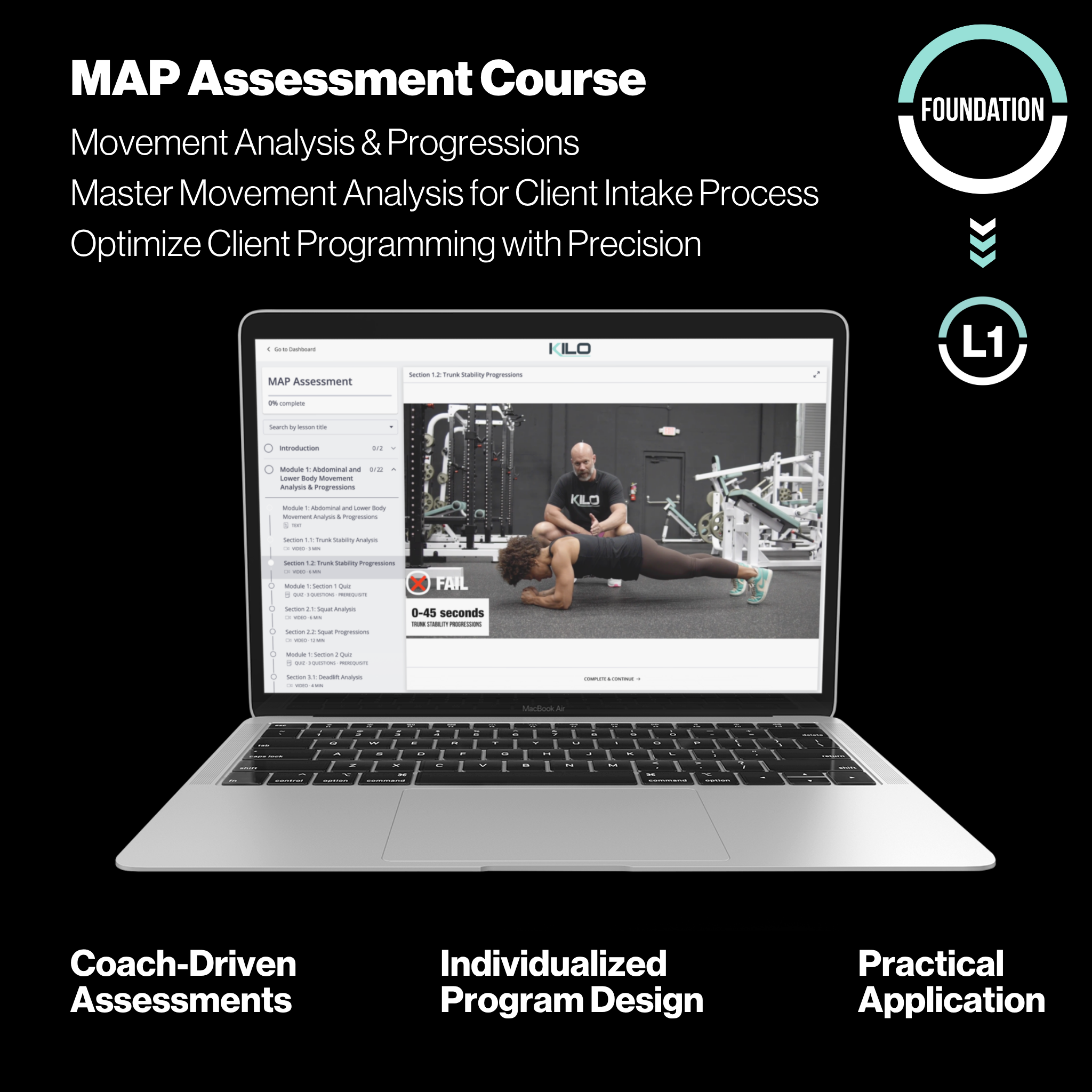
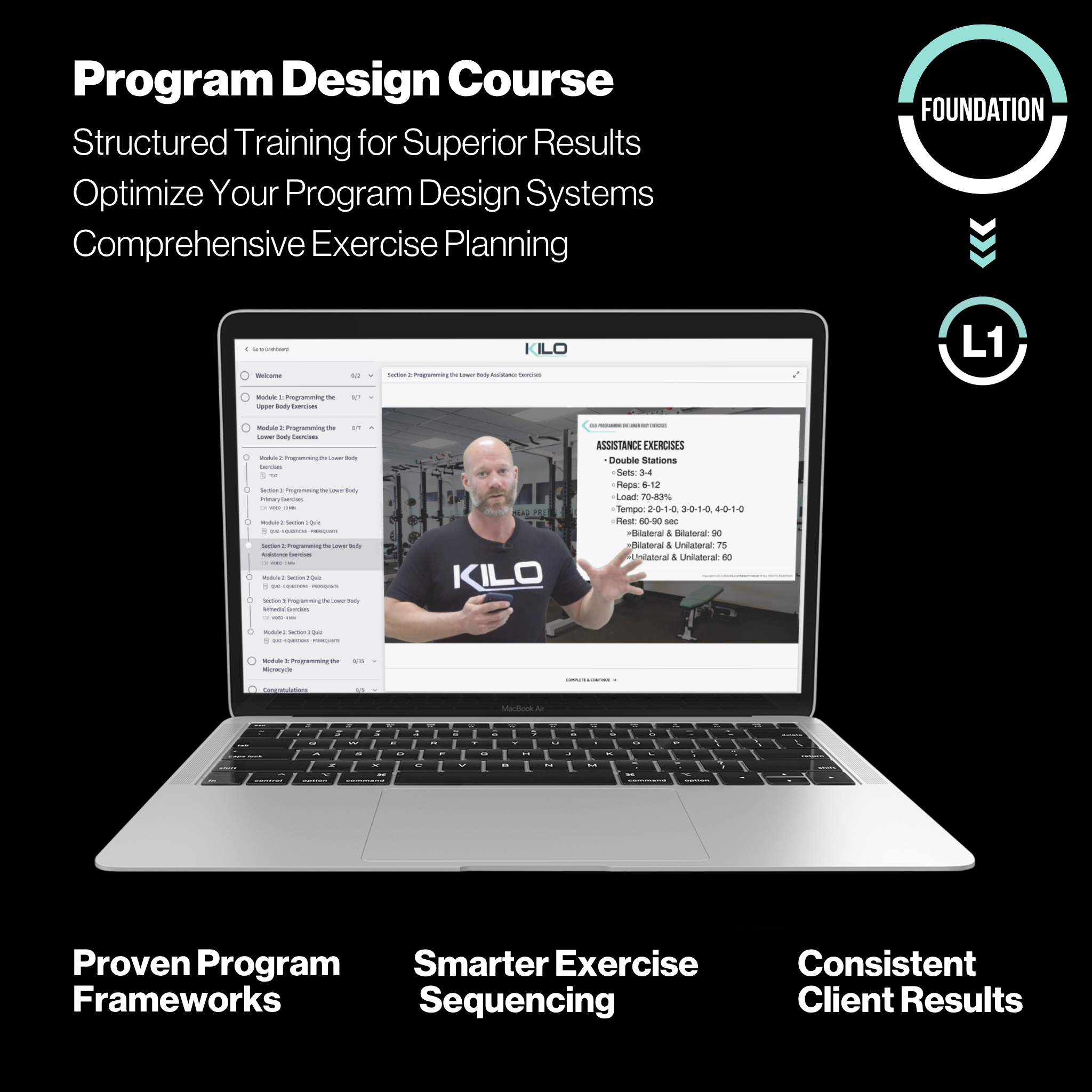

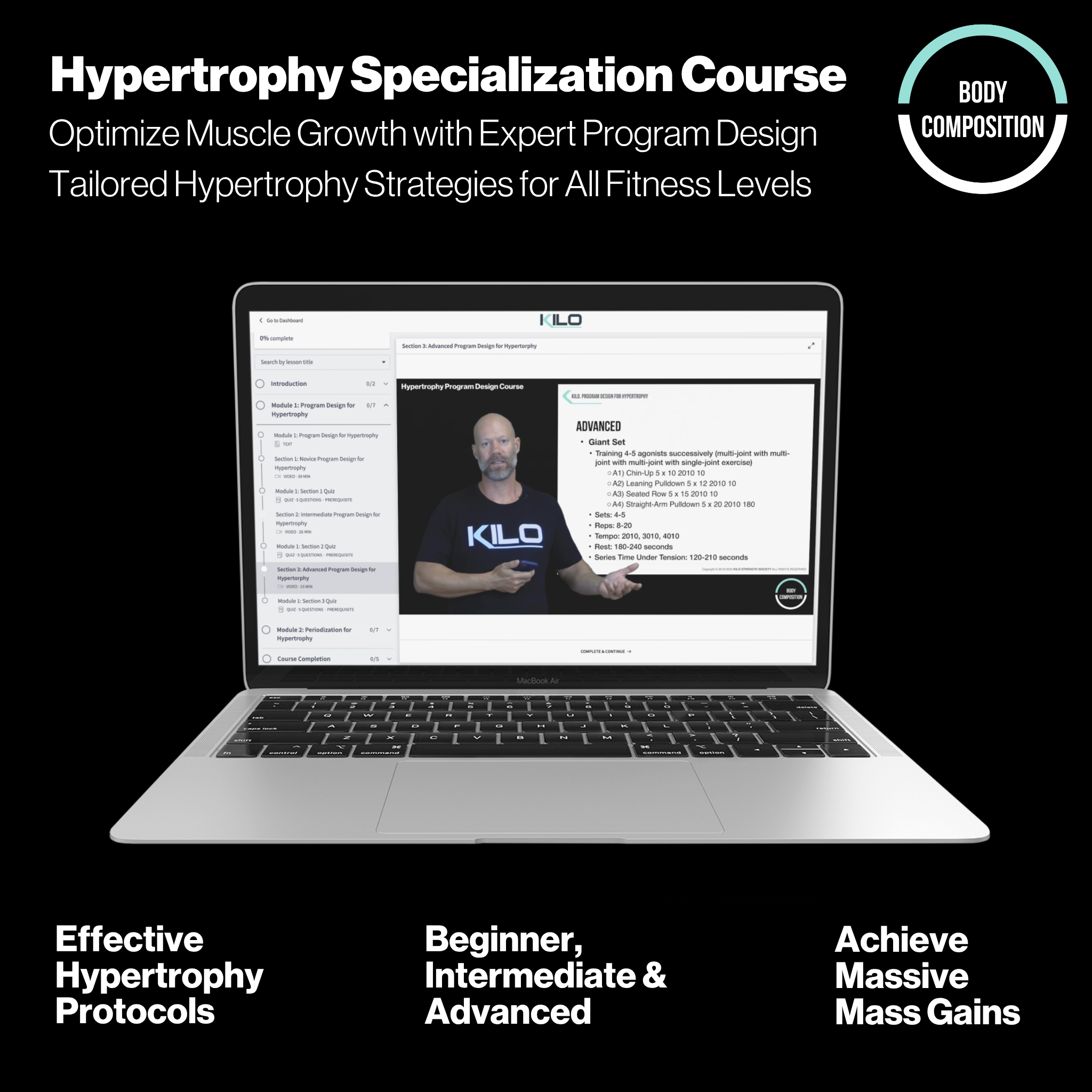
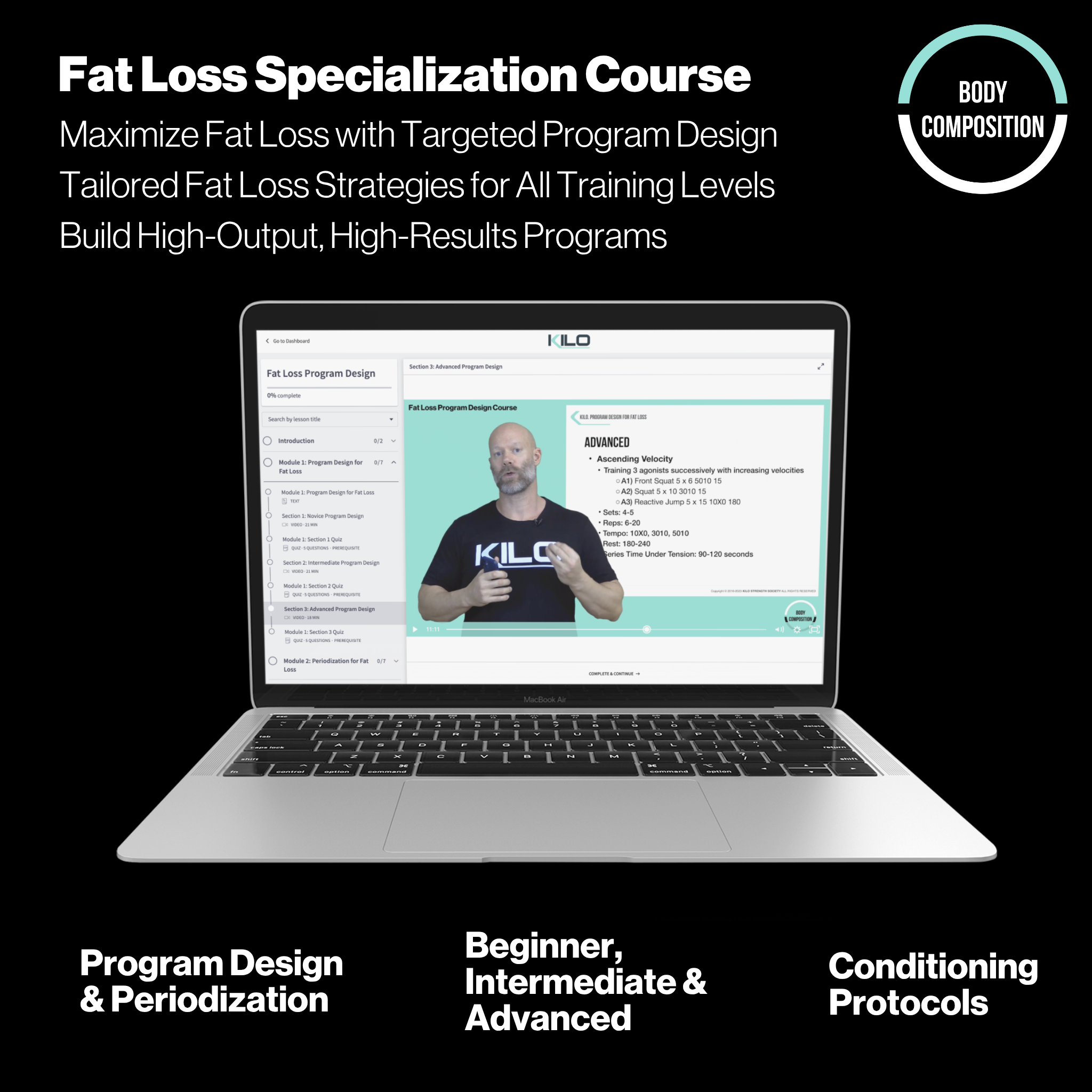
Share:
Precision Loading: How Rep Schemes Potentiate Strength Across Phases
Built from the Ground Up: How We Structure Lower Body Strength Sessions